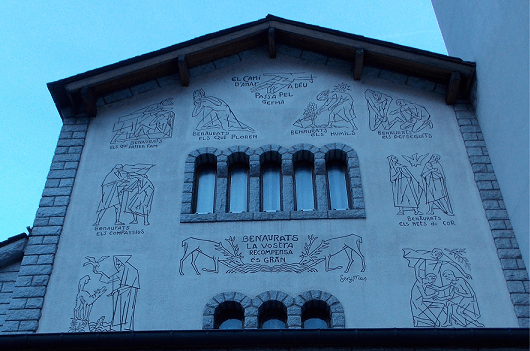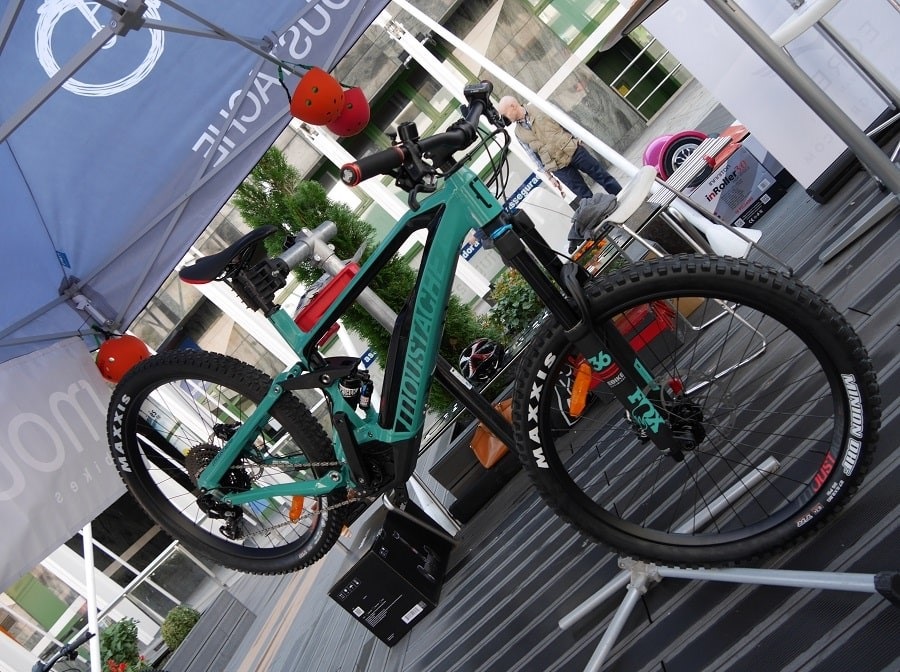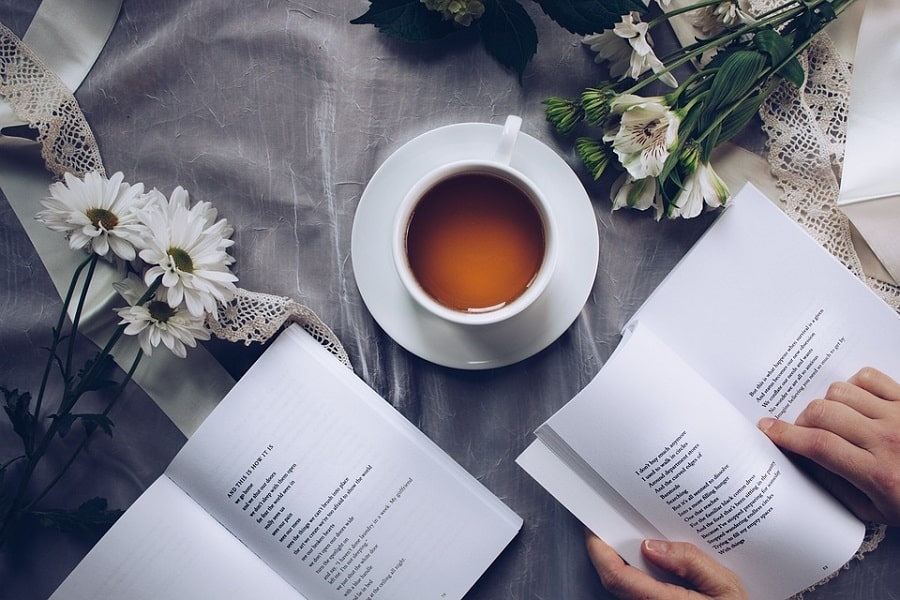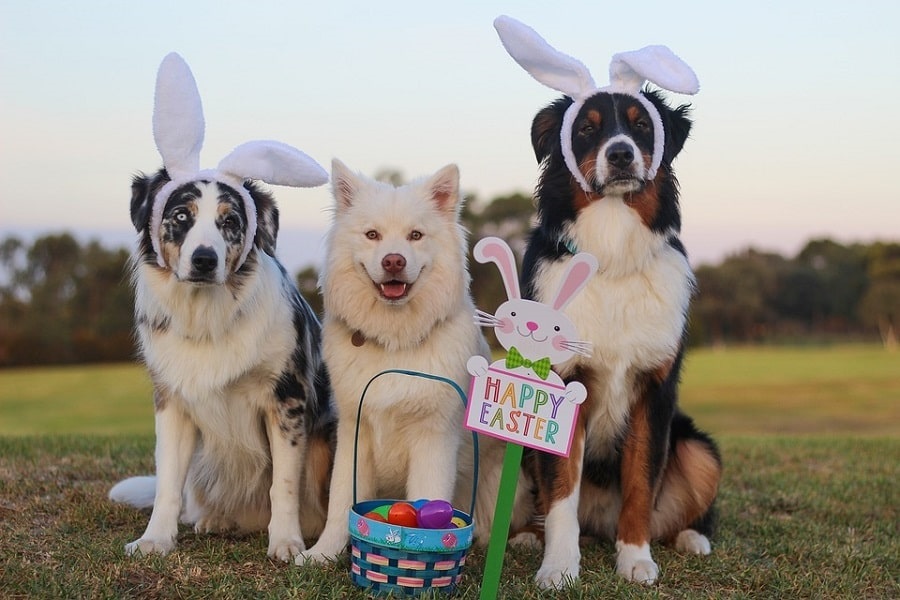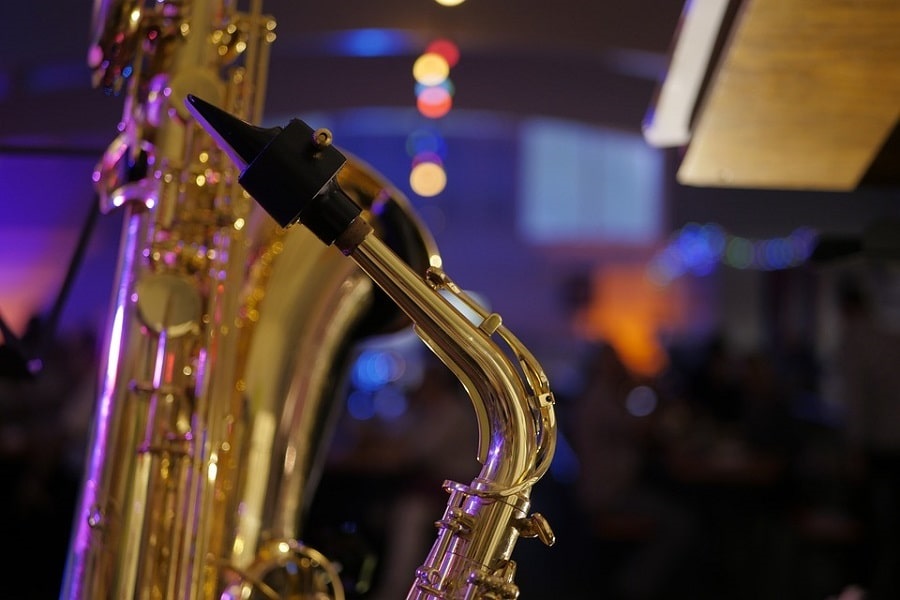 JAUME RIBA SABATÉ – PHOTOGRAPHER EXTRAORDINAIRE
JAUME RIBA SABATÉ – PHOTOGRAPHER EXTRAORDINAIRE
“L’art és imaginació convertint la vida en art”.
(Art is imagination converting life into art’)
I first met Jaume when visiting his small shop in the village of La Massana. A tall, handsome, gentle man with soft, sad eyes. Eyes that see nature as no others see it. I was there to buy his uniquely haunting postcards and photographic books, that he fills with emotion for his homeland, Andorra (Pyrenees).
However, I first got to know him some years later, soon after Andorra’s Madriu-Perafita-Claror valley was declared a UNESCO World Heritage site.
One day we got chatting. He was planning a photographic article on the recently honoured Madriu. We discussed publications. I told him that I wrote articles in English and we toyed with the idea of combining forces, to attempt to break into that bastion of photographic journalism, the National Geographic. (He has since had umpteen articles published including one whole edition of Viajes National Geographic dedicated to his work.)
As with so many dreams, life moved on but I noticed time and again that whenever I looked through compilations of photos in local magazines or presentation books always, always the pictures that caught my eye were those of Jaume Riba.
So what is so special about his work? I think it is because he sees nature through his emotions, and in so many dimensions: not just the view in front of him, but the swirling mist, the blur of rushing water behind the grey rock deeply patterned with lichen. Amazing reflections in still mountain pools, loving close-ups of old, wrinkled, nut-brown mountain faces. His sensitivity for detail: the smallest flower is captured with passion. When I asked him for permission to use some of his photographs in our book, Andorra Revealed, he gave it generously. When I asked for a photo for the back cover with a plain blue sky to highlight the book’s commentary he had problems. Cloudscapes move him. Blue skies do not.
Born in 1950, Jaume is, on his father’s side from the La Massana Cal Palanca del Pui family dating back to the 1600s. His mother was a Catalan refugee fleeing the Spanish Civil War. Jaume was educated in the French system both here in Andorra and later at university in Toulouse and Paris where he graduated respectively in Civil Engineering and Risques Naturels des Montagnes .
As to photography it came about like this. After university he was invited by two acquaintances, Protop and Bonaventura Adellach, to help them create a topographical dictionary of Andorra recording, on maps, over 4,000 place names before they were lost for ever in the dark tunnel of unrecorded history. For six or seven months they roamed the heights and depths of Andorra, meeting old folk who still remembered the names and their stories. He made an 8mm film. And that ignited thoughts of still photography.
One day he took his photographs to Sergi Mas, one of Andorra’s best loved artists. Sergi advised him to publish them in a book giving many Andorrans the pleasure of his encapsulated memories. And that is how it all began.
Since then Jaume has produced some 22 books, and sold many thousands of copies, all under his own supervision and employing a printing house in Barcelona which is capable of reproducing the high quality that he seeks. A copy of his first book, Andorra Paisatges Oblidats, for instance is available today, second-hand on Amazon, at $312. I was overjoyed to find a copy of Plenitudes and, more recently, and still available new, of Anhells. (This book can be bought from La Puça bookshop.) Along with the latest book published by the government to accompany the exhibition, Madriu 8.8, featuring his work alongside that of Àlex Tena, both books have the added attraction for English-speakers that their lyrical texts are in both Catalan and English.
An innately modest man he told me firmly that no photographer was better than any other. When on French TV the interviewer said, ‘On dit que vous êtes le plus grande photographe d’Andorra.’ He replied instantly. ‘Bien sûr. Je suis 1.88m!’
Discussing his work he told me that there are two types of photo: one where you suddenly come across something startlingly beautiful and swiftly capture it and the other where you know what you want and seek it out. He gave me an example. He imagined a picture of Casamanya: full moon, a little snow but not too much and the rose tint of a fading sunset. It took him four years of repeated visits to finally feel the depth of emotion he was seeking to take the photograph.
In 1993 Jaume Riba Sabaté stood for parliament and was voted in. He said that if you don’t participate you cannot change anything. He was fired with the desire for proper planning into the future and for integration, that the poorest in society could live with dignity, health care and true, impartial justice. At the same time he was eager to preserve the history of this unique country with its centuries long tradition of peace. He served just one term, after which he stepped down judging that he was a better photographer than politician.
If eager to be inspired by his works yourself, why not go to the exhibition, ‘MADRIU 8.8’ at the ARTALROC Gallery and see not only his black and white photographs, along with those of Âlex Tena, but also watch their beautiful video of the renowned valley and buy a copy of the commemorative book for just 15€ which has its text in both Catalan and English. (Closes on Sunday 12th March.)
Culturally yours,
Clare
If you want to learn more in depth about Andorra try reading “Andorra Revealed”.



